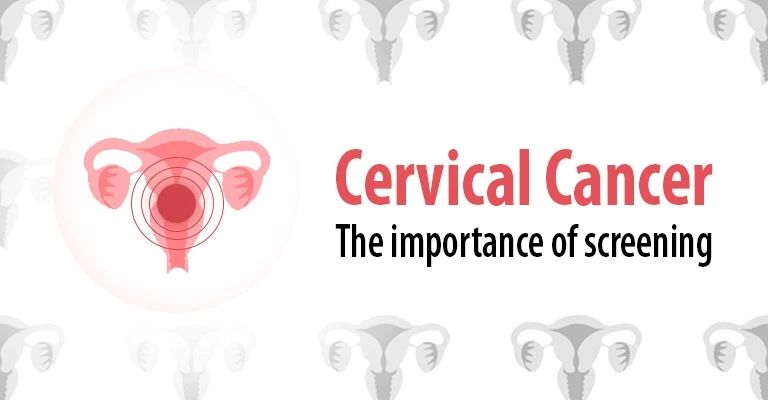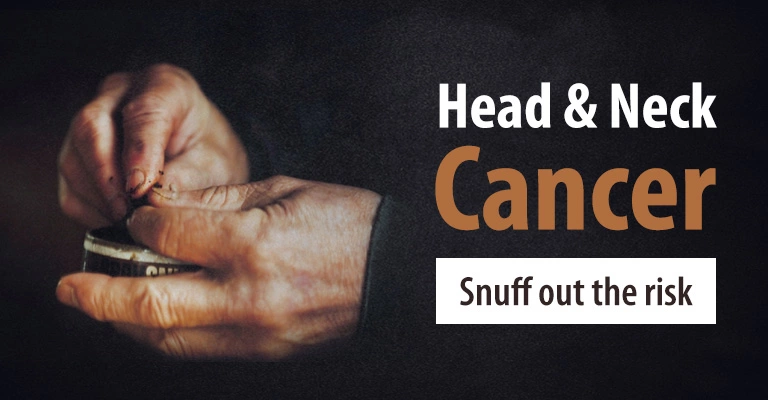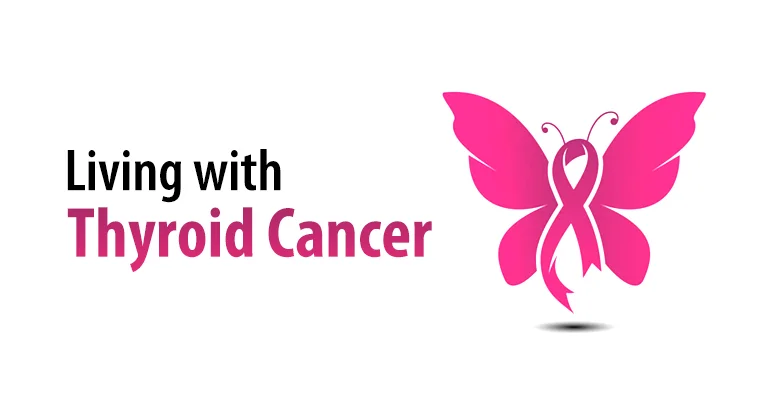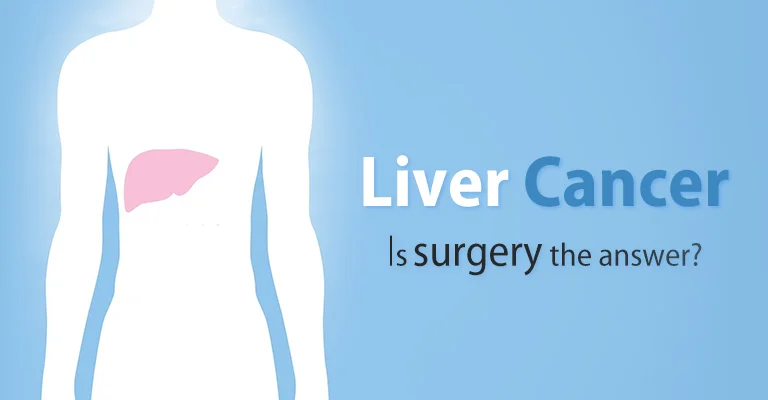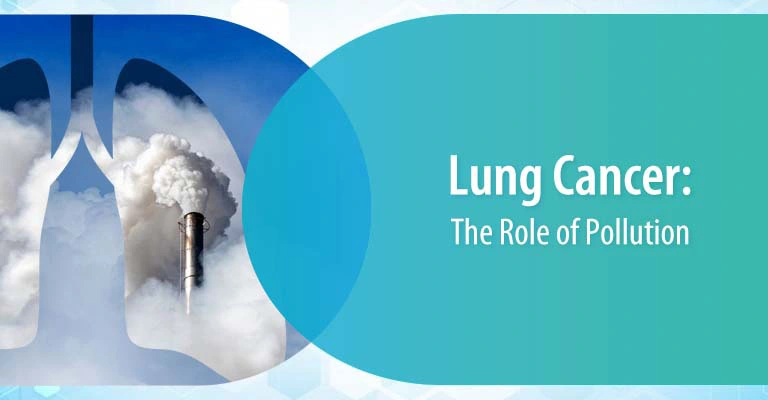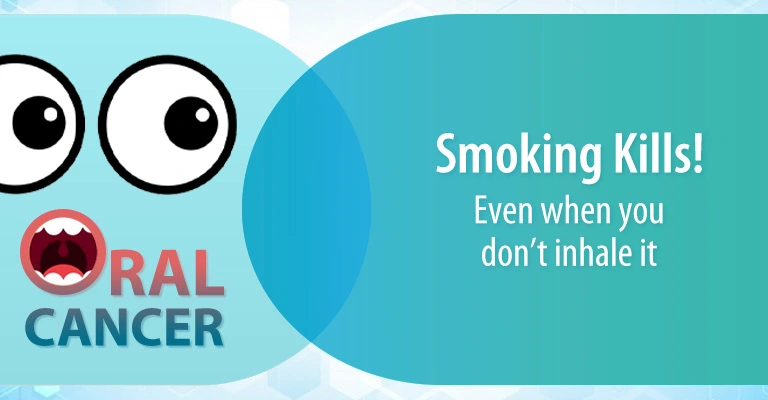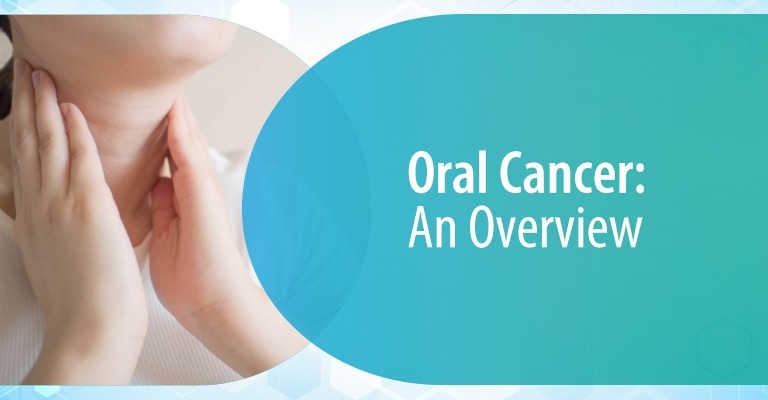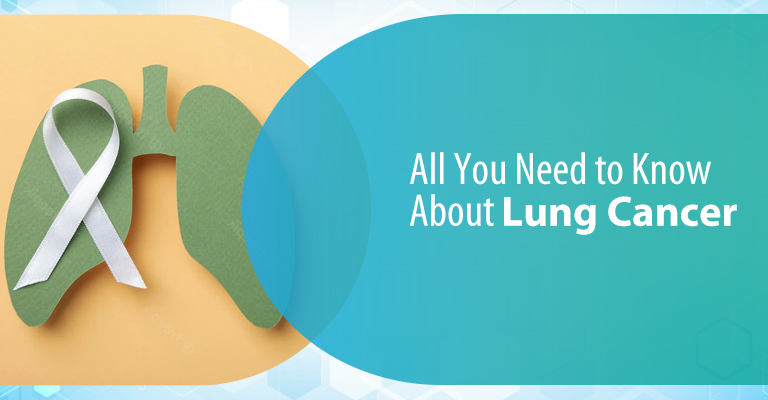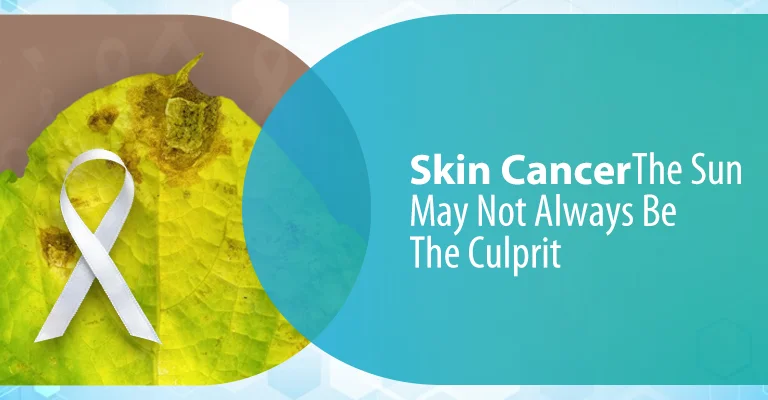
There has been a steady rise in the incidence of skin cancer over the past few decades, with between 2 and 3 million non-melanoma skin cancers and over 132,000 cases of the more dangerous melanoma skin cancers diagnosed around the world every year. And contrary to popular perception, the sun is not always the villain of the piece.
A clutch of other factors, including certain chemicals, other diseases, the fast ubiquitous-becoming tattoos, a seemingly harmless session of manicure, tanning beds or booths (favoured in very cold climate) and even the so-called environment-friendly light-bulbs have all been linked to skin cancer.
Why, even an organ transplant or having an autoimmune disorder, none of which entails exposure to UV rays, are being associated with skin cancer diagnoses. This could be due to the use of immuno-suppressant medication which dulls the immune system and it is unable to fight off growing cancer cells.
While long-term, unprotected exposure to the sun is a leading cause of skin cancers, here are some other potential sources of skin cancer risk:
- Compact fluorescent light-bulbs: Sometimes, if there’s a crack in the coating, UV light can seep through these bulbs, according to a study in the journal Photochemistry and Photobiology.
- Earlier radiation exposure: If parts of the skin have been exposed to radiation earlier, for instance for treatment of other cancers, the person could run an increased risk for skin cancer.
- Parkinson’s disease: Research shows that people with Parkinson’s disease are at a higher risk for melanoma, which could be gene-related.
- Smoking: Skin cancers, particularly squamous cell cancer, have also been linked to cigarette smoking.
- Exposure to chemicals: Exposure to certain chemicals at one’s workplace could also heighten the risk of non-melanoma skin cancers, experts say. One such chemical is arsenic, found in well water and used in the manufacture of some pesticides, others being tar, coal, paraffin, and even some types of oil.
There could also be some individual risk factors for skin cancers like: fair skin tone, blue, green or hazel eyes, presence of numerous moles or freckles, or a family history of skin cancer.
Watch out for Melanoma: The most lethal among skin cancers are melanoma and Merkel cell carcinoma. These cancers progress aggressively and metastasize easily. Melanoma happens when the pigment-producing cells turn cancerous. It can surface on any part of the body, even areas not exposed to the sun, like the bottom of the hands and feet and even under the nails.
Signs of melanoma to look out for:
- Biggish brown spot on your skin with dark speckles
- A mole changing in colour and size or sometimes bleeding
- If you have a small wound with an asymmetric border, with parts looking red, pink or bluish
- Itching or burning sensation on a painful lesion
- If you develop darkish lesions on the palms, soles, fingertips/toes, or on mucous membranes lining the mouth, nose, vagina or anus
Treating skin cancers
Skin cancers can be treated more effectively when they are detected early. If you notice any change in your skin like a sore that refuses to heal, or some new growth, do see a dermatologist. Treatment varies from case to case, depending on the type of skin cancer and its size and location.
Some standard treatments for non-melanoma skin cancer (basal cell or squamous cell carcinomas) include:
- Skin-sparing excision of cancer
- Excision
- Scraping away the cancer cells followed by electro-surgery
- Cryosurgery
- Radiation therapy
- Chemotherapy
Some routine treatments for Skin Cancer include:
- Wide surgical excision
- Sentinel lymph node mapping to find out if the melanoma has spread to local lymph nodes
- Chemotherapy
- Radiation therapy
Medica Cancer Hospital is equipped with the most advanced treatment facilities, including Halcyon Radiation Therapy and Chemotherapy, providing the best possible care and outcome.






